detail profile j c3 bcri m c3 bc c3 bcr
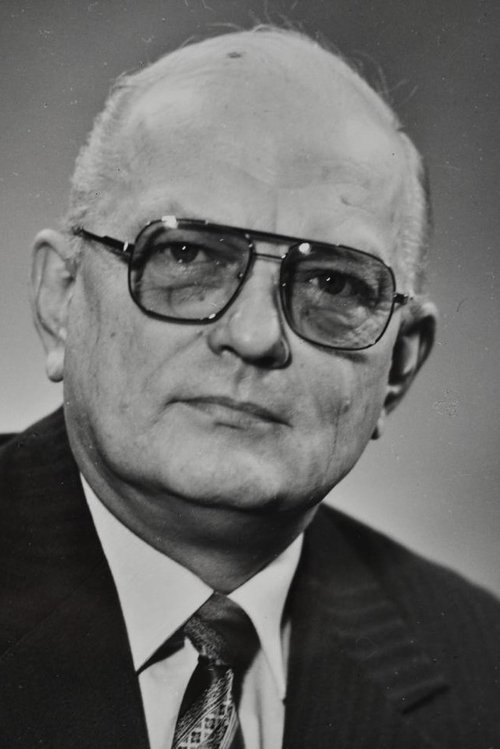
Riwayat Hidup
Jüri Müür (born January 7, 1929, Tartu – November 17, 1984) is an Estonian film director, screenwriter and actor.
In 1960 he graduated from Gerasimov Institute of Cinematography.
Info Pribadi
Peran Yang Di Mainkan Jüri Müür
 Expressively bold and critical documentary about...
Expressively bold and critical documentary about...The Ploughman's Fatigue 1983
Expressively bold and critical documentary about the failure of the Socialist production system in the Soviet agriculture.
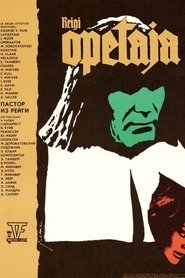 Pastor Paul Lempelius comes to the...
Pastor Paul Lempelius comes to the...The Pastor of Reigi 1978
Pastor Paul Lempelius comes to the island of HIiumaa that seems to be like the world's end. While serving the pastorate of Reigi in spirit and in truth, Lempelius hopes to get rid of the burden of destiny. However, the local people favour pagan traditions and distrust the strict kingdom of God that Lempelius teaches them. The pastor's beautiful yet childless wife Catharina yearns for joy of life and tenderness that she won't receive from his husband. Instead, a young assistant pastor Jonas Kempe offers her his love. Their love, disregarding all laws, and the primal lifestyle of the islanders will become the touchstone for Lempelius' redemption.
 Of the deminers combing the landscape...
Of the deminers combing the landscape...Kiri Giuliale 1978
Of the deminers combing the landscape, a young man walking without a detector finds himself on a mine. Since his companions cannot help him, the young man wants to dictate his goodbye letter to his wife.
 The Estonian Jubilee Song Festival is...
The Estonian Jubilee Song Festival is...Inspiration 1975
The Estonian Jubilee Song Festival is shown as a source of creativity that influences the creation of a painting. The documentary material is linked to the animation.
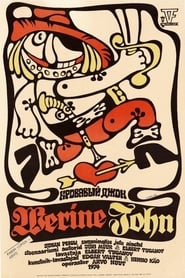 The famous chief of the corsairs...
The famous chief of the corsairs...Bloody John 1974
The famous chief of the corsairs Bloody John brings the lovely Isabella back as war booty from yet another foray. The avaricious Isabella shortly seizes power in the gang. Bloody John is reduced to a weak-willed, henpecked subordinate of the female robber. The desperate John escapes and seeks shelter in his dear childhood home in Saaremaa, where he starts earning a living again by honest means.
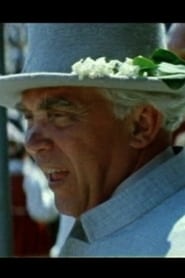 A documentary about the XVII Estonian...
A documentary about the XVII Estonian...Leelo 1969
A documentary about the XVII Estonian song festival, a celebration of 100 years of song festivals. Shown are the lighting ceremony of the song festival fire, the procession, the choirs, singers and the public, including performance of the Mart Saar song Leelo led by Gustav Ernesaks.
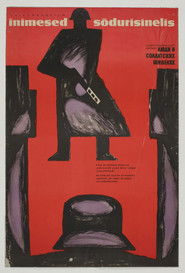 The story of the war film...
The story of the war film...Men in Soldier's Overcoats 1968
The story of the war film is about paths of the Estonian Shooting Corps (formed by the Red Army) during the WW-2 and how the fight forms an usual man to a loyal soldier. Ideologic aspects of the movie are more hidden than in ordinary Soviet war films but they're still existing.
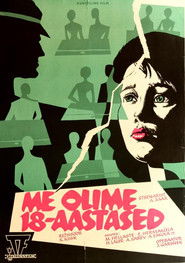 Its 1940 the first summer of the...
Its 1940 the first summer of the...We Were Eighteen 1965
It's 1940 - the first summer of the Soviet occupation on the Estonian island Saaremaa. Teenagers stepping in their lives have important decisions to make. Should they support the Soviet regime or join the resistance?
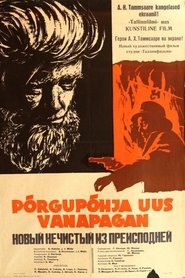 The way Saint Peter explains it...
The way Saint Peter explains it...The New Devil of Hellsbottom 1964
The way Saint Peter explains it to the Devil who's knocking on Heaven's door to collect his share of souls: there will be no more souls, as God has come to doubt if humans are really meant to achieve salvation. If they aren't then how can they be punished posthumous and sent to Hell? There's only one way to make sure if sinning is the human nature, or is it that they simply don't want to better themselves - Devil himself must go down to Earth, in human form, and if he can achieve salvation then so can a human being... Based on A. H. Tammsaare's classic novel of the same name.
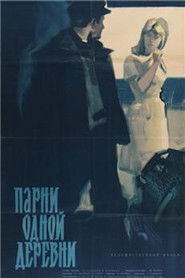 After a stormy night on the...
After a stormy night on the...Men from the Fisherman's Village 1962
After a stormy night on the sea, a group of Estonian fishermen end up in a small coastal Finnish town. As they await the Soviet authorities to take them back home, some of the fishermen contemplate leaving their former lives in a Soviet era Estonia behind.
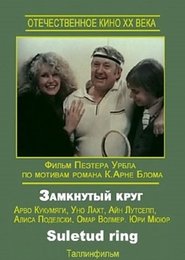 In a small Swedish town the...
In a small Swedish town the... Musical journey of a mens choir...
Musical journey of a mens choir...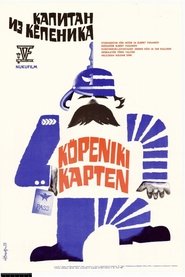
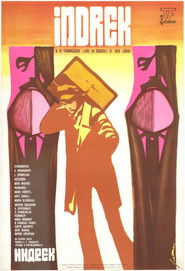 Based on the second part of...
Based on the second part of...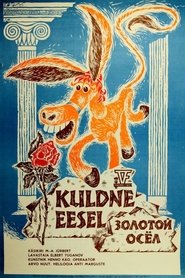
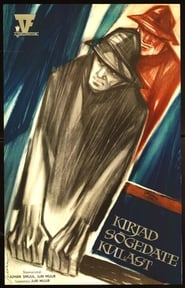 Martin Puri is an elderly fisherman...
Martin Puri is an elderly fisherman...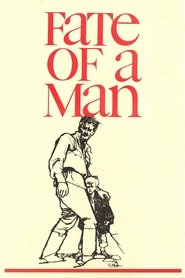 The story of a man whose...
The story of a man whose...